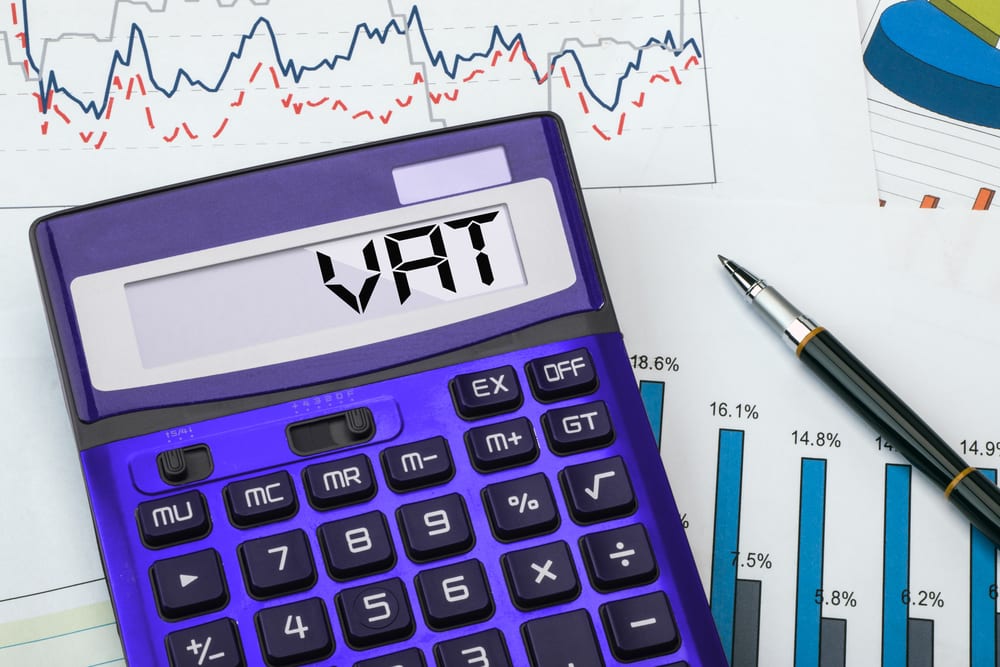With Britain’s deficit at record levels, the days of HMRC taking a softly-softly approach to late VAT payments are long gone. Strict
VAT penalties are imposed for late payments
Another area where HMRC has become particularly aggressive is late VAT payments. Thankfully, more businesses are now aware that if they submit and pay their VAT returns late, they will incur a VAT penalty. Those who occasionally pay late merely receive a warning, but submit two returns after the due date within a 12-month period and you will come within the scope of HMRC’s VAT penalty regime. This can result in additional payments of anything from 2% to 15% of the VAT due, representing a heavy hit to a company’s cash flow.
VAT Calculation Errors
Equally, if additional VAT is found to be owing due to calculation errors, then VAT penalties will be imposed. This acts as a deterrent to companies preparing their VAT returns, but also represents a healthy source of additional revenue for the Exchequer. There are a number of different penalty categories, but “careless” errors attract a surcharge of between zero and 35%, whilst “deliberate” errors incur between 30% and a hefty 70%.
Where inaccuracies occur, HMRC will work with the business to identify the causes of the “behaviour”. This behaviour will then be classified into one of the categories above, and the appropriate fine applied. In simple terms, “careless” errors are those resulting from a lack of attention to detail, and companies considered to have taken “reasonable care” over their VAT returns will not be penalised if an error creeps in. Where it is obvious that something was missed through oversight, HMRC tends to be far less accommodating.
Vat Returns Deliberately Incorrect
Returns that are deliberately completed incorrectly are viewed even less favourably, with substantial VAT penalties to drive home the point. Examples of deliberate misstatements would include understating income or overstating expenses to reduce the amount of VAT payable. VAT Penalties are reduced in the event of making “unprompted disclosures” of incorrect returns and increased for attempting to conceal an error. Given the direction of travel of HMRC, it is becoming more and more likely that even honest businesses will be hit with VAT surcharges from time to time.
How to deal with a VAT penalty or an unexpectedly large VAT return
A sudden VAT penalty or payment that is larger than expected can knock a business for six. The latest research demonstrates that UK companies owe almost £2.6 billion to HMRC in overdue VAT payments, with the figure remaining fairly constant in recent years.
One reason for late payment is cash flow problems resulting from suppliers taking longer to pay – the typical delay is now around 72 days. Regardless of whether a client pays late, a business is still expected to meet VAT payments on its invoices, despite having less cash available to do so.
Equally, as the economy continues to improve, businesses are focusing on investment for growth and taking on new staff, leasing new premises and purchasing new equipment. Amid all this activity, it is all too easy to ignore an outstanding VAT return and unwittingly incur late payment penalties.
So how can you make sure you don’t fall into the late payment trap?
Alternative lenders can be the answer. Traditionally, businesses facing an unexpected bill would dip into their bank overdraft, and accept the high interest charges involved as a fact of life. However, bank overdrafts are becoming increasingly difficult to obtain – recent research shows that banks have been removing overdraft facilities for SMEs at a rate of £5.7 million a day since tightening up their lending criteria in 2009.
Where banks won’t help, alternative lenders usually will. With an emergency business loan, you can have the funds you need inside your account in less than 24 hours – enabling you to make that unexpectedly huge VAT payment on time and in full. =For a longer-term solution to your cash flow problems, you could consider asset-based finance, whereby you borrow against the value of your existing plant or premises. Because the lending is secured, interest rates tend to be significantly lower than for bank overdrafts, and the application criteria are much simpler, so you don’t find yourself spending hours and hours completing paperwork and assembling supporting documents.
With invoice factoring and discounting, you’re paid as soon as your invoices are raised
Available only to business-to-business companies, invoice factoring and discounting allows firms to borrow against the value of their outstanding invoices – typically up to a maximum of 85%. Payment can be made immediately, with repayment of the capital plus interest and any charges and interest being made when the invoices are paid. With invoice discounting, the company keeps control of its own debtor ledger and pursues its clients for payment, whereas with factoring the finance company assumes responsibility for credit control.
In short, this is the ideal solution when HMRC requires immediate payment of a VAT debt but a company’s customers are paying late. By taking advantage of alternative lenders and completing its VAT returns carefully, any company can protect itself against VAT.
Images “ vat concept displayed on calculator / Shutterstock.com“
________________________________________________________________________________
Tweak Your Biz is a thought leader global publication and online business community. Today, it is part of the Small Biz Trends stable of websites and receives over 300,000 unique views per month. Would you like to write for us?
An outstanding title can increase tweets, Facebook Likes, and visitor traffic by 50% or more. Generate great titles for your articles and blog posts with the Tweak Your Biz Title Generator.



